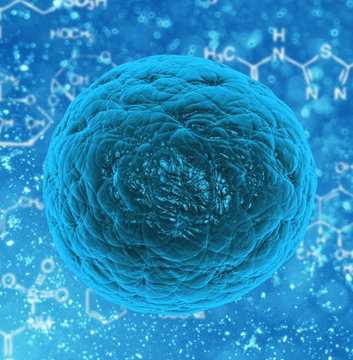
A new gene therapy for Duchenne muscular dystrophy (DMD) has shown promise in not only slowing the progression of the disease but potentially even reversing the muscle damage, with human trials set to begin within two years.
DMD is a debilitating genetic disease that disrupts the production of dystrophin, a protein that maintains muscle strength and integrity. As such, mobility issues usually present in patients by the age of three or four, and progress steadily so that patients are unable to walk by their teenage years, and rarely survive beyond their 20s.
Being a genetic disease means DMD should be a prime target for gene therapy, and while scientists have found some success in the past, there’s a major hurdle: the gene that codes for dystrophin is one of the largest known, so it’s far too big to package into the viral vectors that are usually used to insert healthy copies of genes into cells.
Now, scientists at the University of Washington have developed an alternative method, and it sounds like a simple idea: break up that protein, load the fragments into a series of vectors for delivery, and embed the instructions to reassemble the protein in muscle cells.
In tests in mice with muscular dystrophy, they detected large dystrophins being produced once again, and noted that the mice showed “significant physiological corrections.” This put a stop to further progression of the disease, and even reversed some of the muscle wasting that had already occurred.
Other studies have gotten around the problem by creating smaller versions of dystrophins, with promising effects in tests in dogs. However, the team on the new study says their method produces better results. As a bonus, the new technique can work with a lower dose than other gene therapies, resulting in fewer side effects such as the potentially damaging immune responses that can occur.
The researchers say that human trials should begin in about two years, and the technique could be applied to other genetic diseases that are caused by mutations in large genes.
